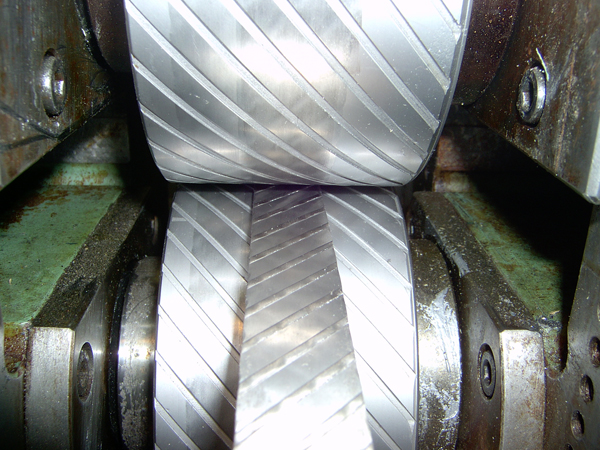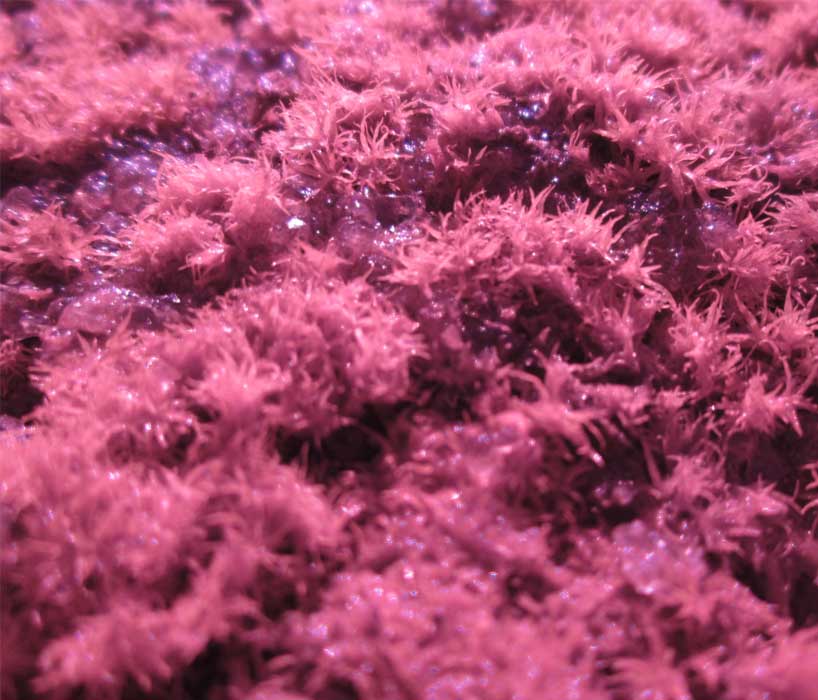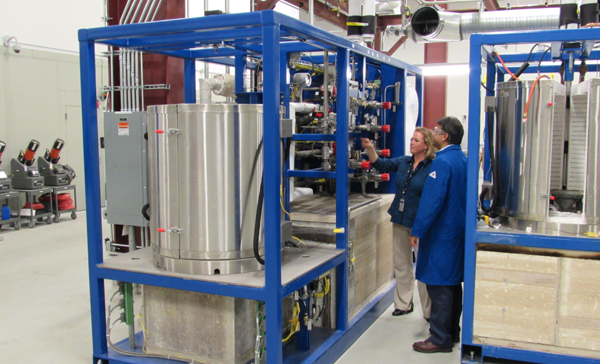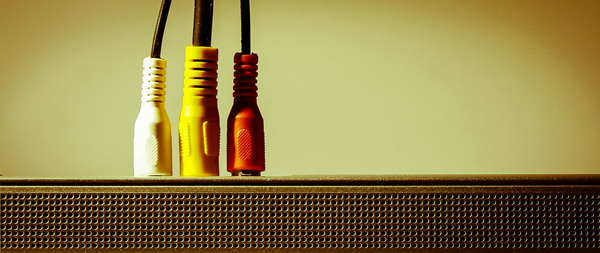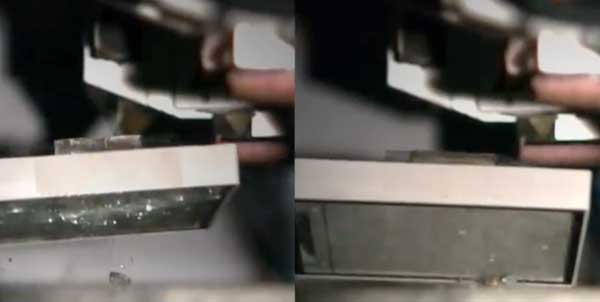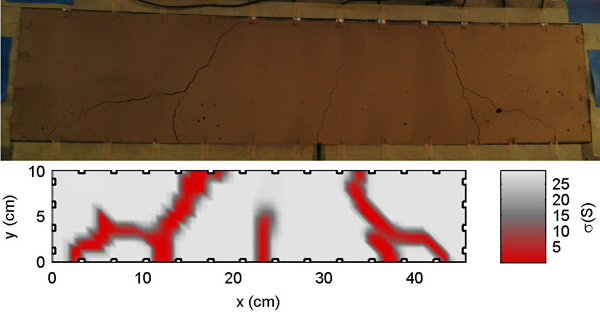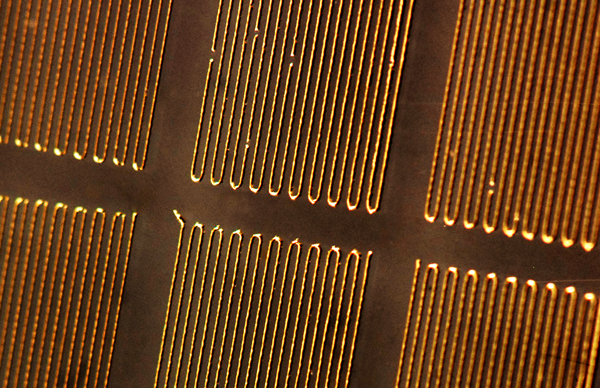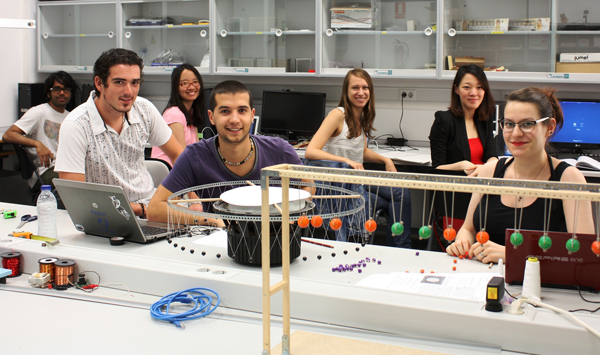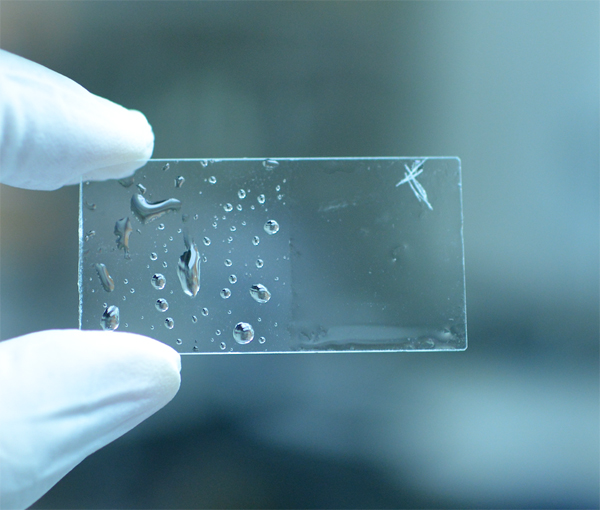Though not used widely in the construction industry, shape memory alloys could potentially be used to pre-stress the concrete beams that shore up bridges—and a team from Switzerland’s Empa research lab is hoping to help them live up to that potential.
Read MoreUnder Luis Fraguada and as part of the Open Thesis Fabrication – Smart Urban Elements program at the Institute for Advanced Architecture of Catalonia, architect and designer Iker Luna developed a bio ceramic system to explore the bio receptivity of ceramics.
Read MoreA new study shows that despite the fact that U.S. households use more consumer electronic devices than ever before, our electronics are more energy efficient than they’ve ever been. Thanks to smart TVs and a growing shift from desktop to tablet, in 2013 there was a significant decline in the amount of energy our smarter household electronics require.
Read MoreApple isn’t the only kid on the sapphire block—this time around, it’s Kyocera who’s making waves with talk of its own sapphire-screened smartphone.
Read MoreIt’s not the Sixth Sense, Spidey sense, or even common sense, but a new “sensing skin” technology could change the way we’re able to respond to critical (and dangerous) cracks in concrete.
Read MorePeace, love, and electrospinning? San Francisco, a city known for its infamous Summer of Love, will play host to Electrospin 2014, August 4–7.
Read MoreGiven the amount of time spent talking about ways to better recruit and retain minorities and women in the STEM fields—what do “we” have to show for it? According to a new paper in BioScience, not much.
Read MoreScientists at Singapore’s A*STAR’s Institute of Materials Research and Engineering (IMRE) have developed a “durable and permanent” ceramic coating that is not only transparent but superhydrophillic.
Read More
